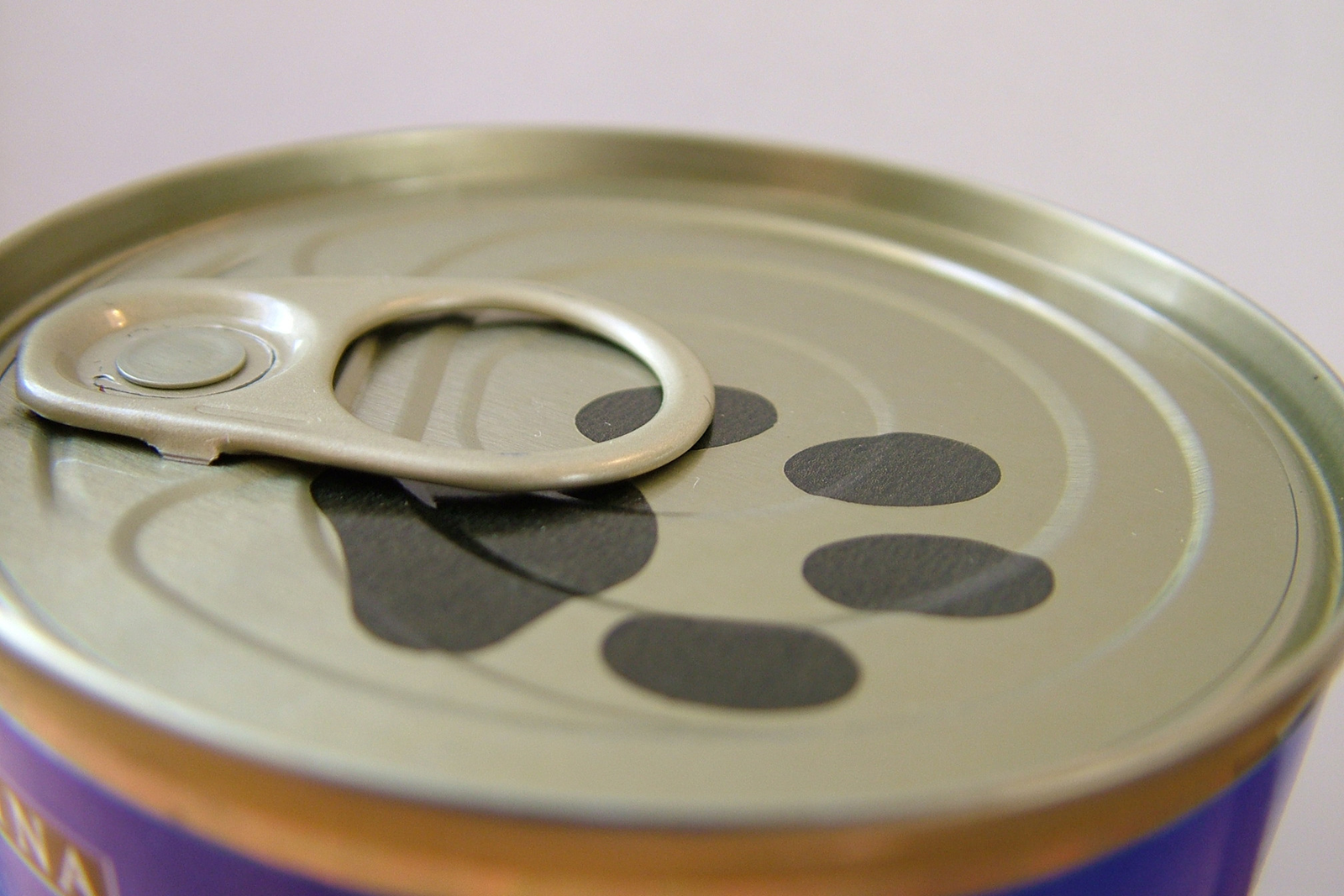Feline hyperthyroidism and fish-flavoured cat food

Over the past 3 decades, the number of cats diagnosed with hyperthyroidism has increased. According to research reports, many factors such as exposure to flame retardants could be responsible, and now a new study points in another direction. It suggests that fish-flavoured cat food could be among the culprits.
Hyperthyroidism is a hormonal disorder that can cause weight loss, hyperactivity, aggression, vomiting and other symptoms in cats. No one knows for sure what causes it. But some studies have suggested a connection between environmental pollutants including polychlorinated biphenyls (PCBs) and polybrominated diphenyl ethers (PBDEs), which have been banned in many countries because they could potentially harm humans.
Toxic effects of by-products
Previous studies have detected these compounds and their by-products in blood samples from cats. But the by-products, which can also have toxic effects, could come naturally from other sources such as fish, a common ingredient in cat food. Hazuki Mizukawa, Kei Nomiyama and colleagues wanted to investigate whether cats were getting exposed from their fish-flavoured food.
The researchers tested cat food and blood samples from cats. They also simulated how a feline’s body would process various PCB- and PBDE-related compounds. Based on their results, the team concluded that the by-products that were detected at high levels in cats’ blood samples likely came from fish-flavoured food and not exposure to PCBs or PBDEs. The researchers say further work is needed to clarify whether these metabolites specifically contribute to hyperthyroidism.
Funding for the study came from the Japan Society for the Promotion of Science. The full study ‘Organohalogen Compounds in Pet Dog and Cat: Do Pets Biotransform Natural Brominated Products in Food to Harmful Hydroxlated Substances?’, has been published in Environmental Science & Technology.











